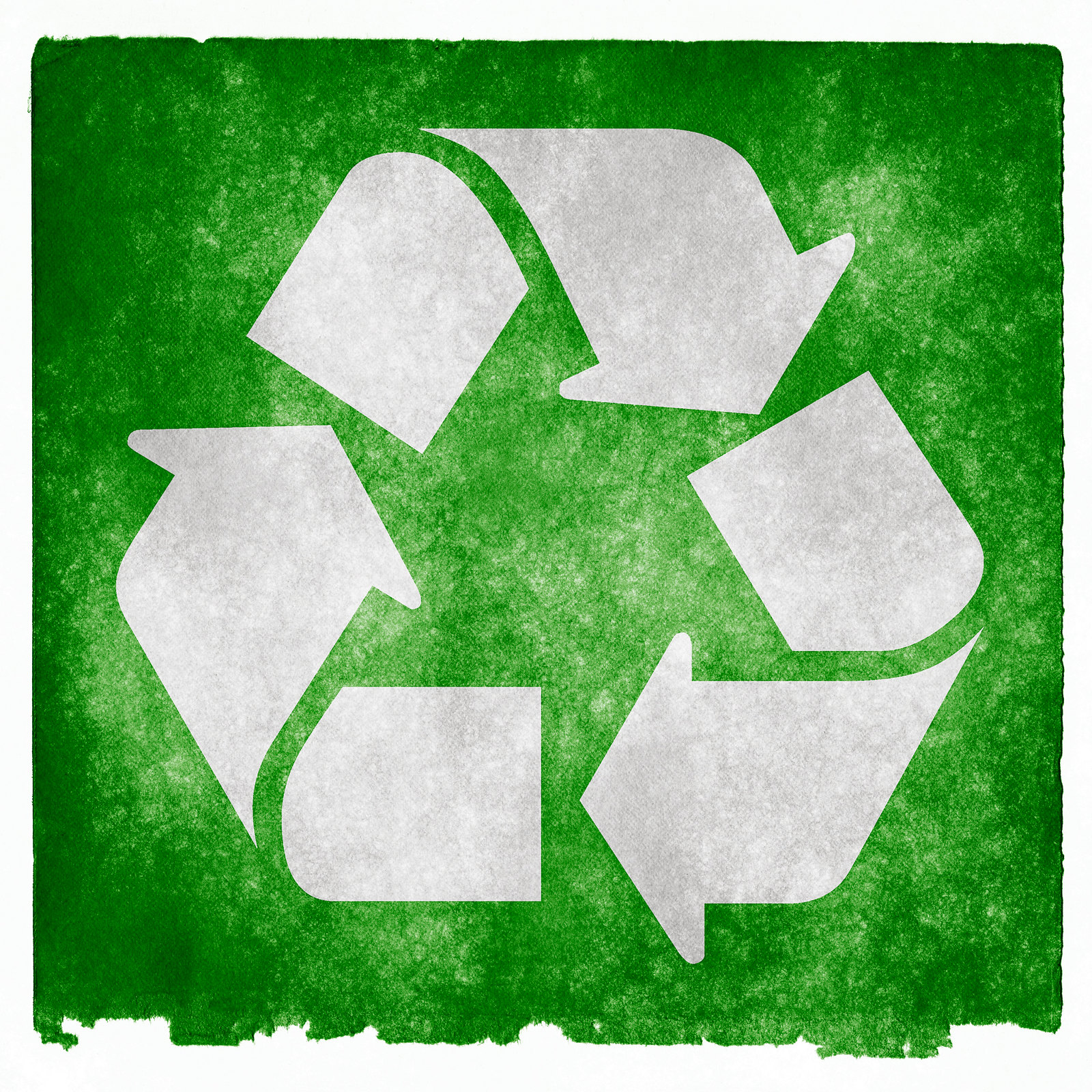From strawberry farms to rooftops of convenience stores and factories, Japan is looking for novel ways and new technologies to put aging solar panels to good use. This is a daunting task since the amount of equipment nearing the end of its life cycle will soar in coming years.
With installed solar capacity of 67 GW, Japan ranks third in the world after China and the U.S., according to the International Renewable Energy Agency. In 2020 alone, Japan added 8.67 GW of solar power that covered residential, commercial, industrial and floating PV systems
Japan was a pioneer in the developments of solar panels, and manufacturers such as Sharp and Kyocera led global production before Chinese competitors muscled their way into the market. Earlier installations in Japan were mostly residential, thanks to a government program started in 2009 to buy excess power from rooftop solar panels. Then, the industry’s focus shifted to large-scale solar power plants after the feed-in tariff program began to boost the share of renewables amid growing calls for diversifying energy sources after the 2011 Fukushima nuclear disaster.
Solar recycling, however, still needs to be developed in terms of technology and policy. In 2016, the MoE released a guideline for panel recycling, reuse and disposal. The ministry followed up in May 2021 with a guideline that specifically promoted the reuse of solar panels.

